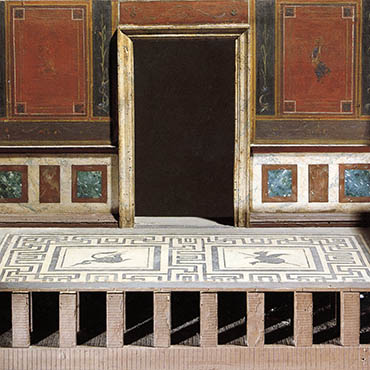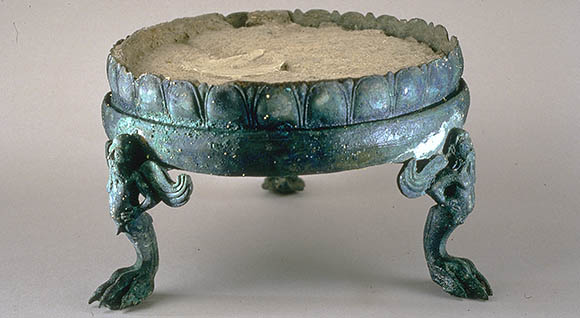4. Heating technologies

Fire and technology have been closely related since the earliest times.
Cylindrical or round braziers made of bronze, holding burning coals, were used to heat the home. In contrast to this simple system, highly sophisticated technologies were used at the bathhouses: water was collected in cisterns, heated by boilers and conveyed through pipelines to the pools, where bathers used ladles to douse their bodies. The steam produced by the boilers was channeled into special conduits beneath the floor of the calidarium, the warm room of the baths. The steam heated the room through special perforated bricks in the walls.
Other than for cooking food, fire was employed for the working of raw materials. Methods of heating were adopted in houses, and especially in the baths, a privileged place in Roman social life. Other than the dressing room, the baths were furnished with a hot room, a warm room and a place to take cool, invigorating baths.
Other spaces within the bath complex harboured the installations for pumping water from the cisterns and the boilers for heating water and producing steam. Steam was then conveyed under the floor of the calidarium. From there, through ducts under the floor, the steam passed into the room and heated it.
- Provenance: Pompeii, III4,4 House of Pinarius Cerialis, peristyle, near the cistern (27/7/1917)
- Date: First century AD


